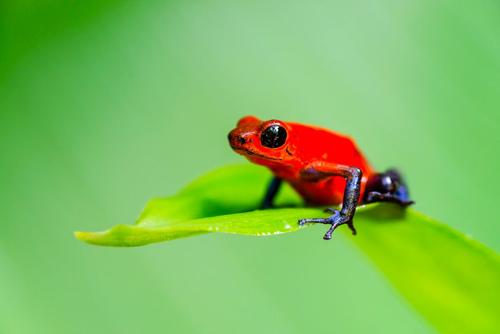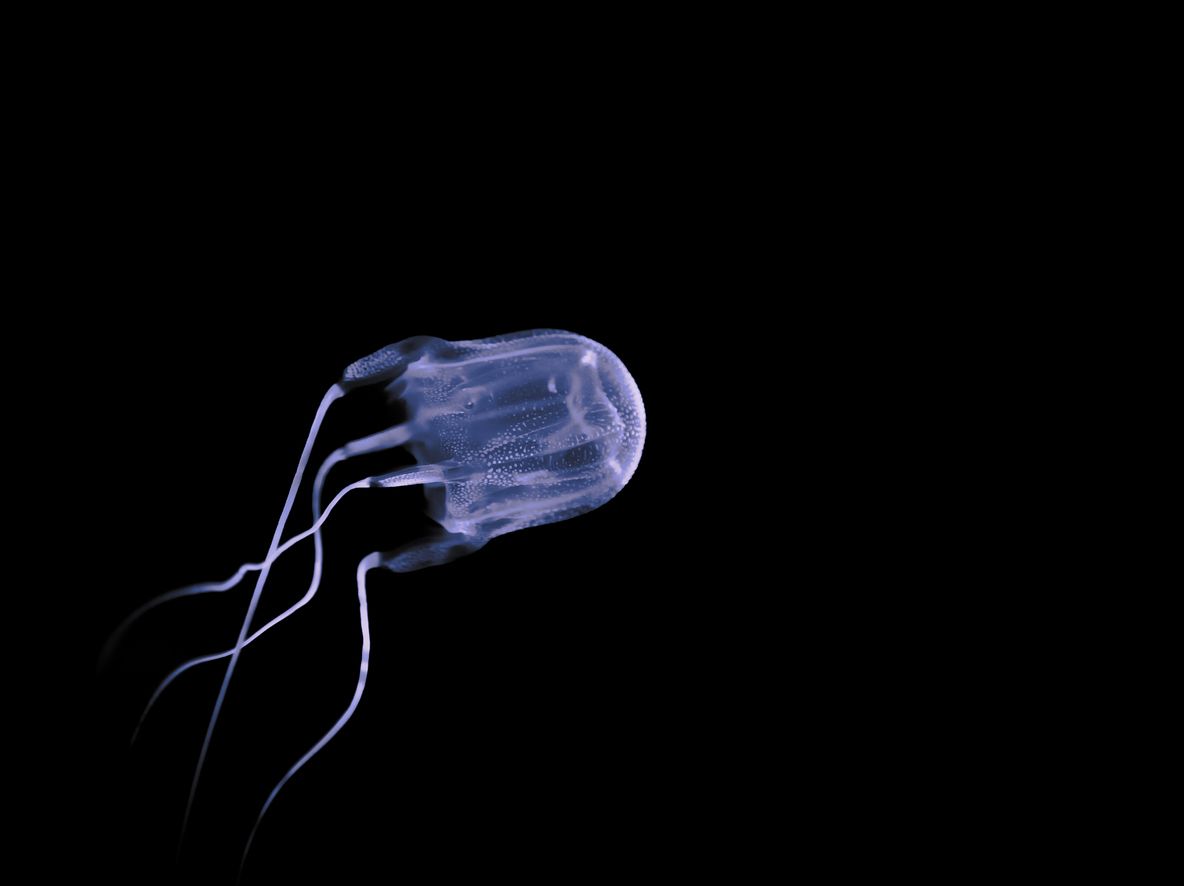
When you think about scary animals, most people jump to bigger creatures like lions, tigers, and bears, but many of the deadliest animals in the world are actually small. If you see any of the animals on this list, run in the other direction.
Puffer fish

Puffer fish are terrible, clumsy swimmers, which makes them easy prey for predators. To avoid being eaten all the time, they have developed two very effective defense mechanisms. The first, and most famous, is that they can suck in water or air to puff up to several times their original size. That way, they can’t fit into the mouth of whatever is looking for a quick snack.
The second defense mechanism doesn’t help the puffer that gets eaten, but it does give the species quite a reputation. If a predator manages to eat a puffer fish, it will also have ingested tetrodotoxin. Tetrodotoxin is 1,200 times more poisonousthan cyanide. Whatever predator is unfortunate enough to chomp down on a puffer fish is in for a nasty afternoon. The poison from one puffer fish is enough to kill 30 fully-grown humans. As an added bonus, there’s no known antidote.
With that being said, puffer fish is still considered a delicacy in many countries. If you’re interested in trying puffer fish, just make sure it’s prepared by a licensed chef who knows what he/she is doing. Your life could literally depend on it.
Poison dart frog

Poison dart frogs are some of the prettiest, most colorful animals found in the Amazon. While most other animals are trying to blend in to avoid being eaten, these frogs have nothing to worry about. Their bright colors act as a warning for everyone in the rainforest to stay away.
While they don’t inject their poison like venomous spiders and snakes do, poison dart frogs contain poison in their bodies. Even they’re only about one inch long, one poison dart frog contains enough poison to kill 10 adult men. These frogs got their names because the indigenous people of the rainforests used to insert their poison into the tips blowgun darts.
Stone fish

The stone fish is the world’s most venomous fish. Unlike most venomous creatures, the stone fish doesn’t use its venom for hunting purposes, but rather for defense. If it’s in danger of becoming a snack, the stone fish will swipe the predator with its spiny dorsal fin and inject venom, which is capable of killing an adult human in less than an hour. Needless to say, it’s pretty effective — even against larger predators.
Blue-ringed octopus

Just because something is cute and small doesn’t mean you should mess with it. The blue-ringed octopus is only about the size of a golf ball, but contains enough venom to kill 26 adult humans within minutes. It uses the same poison as the puffer fish — tetrodotoxin. However, instead of waiting to be eaten, blue-ringed octopuses bite to inject their poison.
To warn predators, along with any snorkelers and divers who happen upon them, blue-ringed octopuses can change the color of their skin to show off bright blue circles. It might look pretty, but if you see the blue rings, it means you should back away. The initial bite is painless, so many victims don’t even know they’ve been bitten until it’s too late.
King cobra

At up to 18 feet in length, the king cobra is the longest of all venomous snakes. They are famous for their ability to “stand up” with up to one-third of their bodies off the ground. This means that they can look a full-grown human adult in the eyes. With their intimidating hood, loud hiss, and extremely venomous bite, this is one snake to stay away from.
The venom from a single bite of the king cobra is enough to kill 20 humans or a single elephant. Luckily for everyone else on Earth, king cobras are shy and don’t like confrontation. Just don’t corner them.
Box jellyfish

Being stung by a common jellyfish is never fun. Most often, you can just shake it off and go about your day since the pain is similar to a bee sting. If you encounter a box jellyfish, however, your day might not go so well.
Box jellyfish live in coastal waters around the world. They look like a standard jellyfish with a bell at the top and tentacles that stretch out below. The tentacles of a box jellyfish can reach up to 10 feet in length. What sets them apart from other jellies is that they are commonly considered the most venomous animal in the world.
The venom from a box jellyfish attacks the nervous system, heart, and skin cells of its victims. It’s so powerful that it’s been known to cause shock and heart failure in full-grown adult humans. Most victims drown before they even get a chance to get treatment. The sting will also cause immense scarring wherever the tentacles touch skin.
